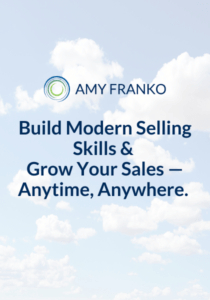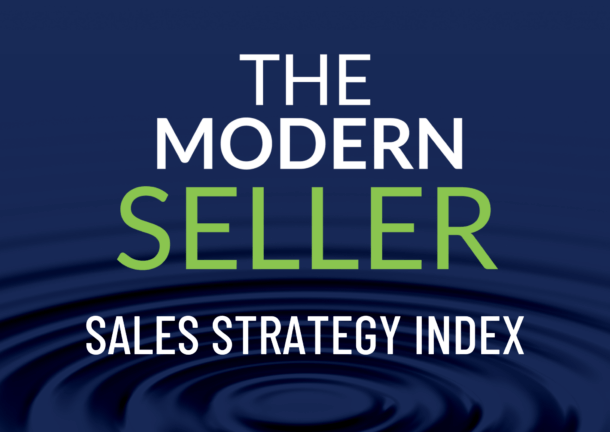Shuttles. Sleds. Jumps.
If you grew up playing sports like I did, agility is something you’re familiar with. I remember hours of agility drills in the gym as part of practice. How much torture we’d endure depended upon whether we won or lost the previous weekend’s game.
I dreaded those sweat-inducing drills. We all did. But eventually, I saw a connection. I came to realize agility made me a better player. That rigorous training helped my brain and body to be better connected on the court. Before I knew it, I could automatically respond to what was happening, and I could bounce back mentally and physically between each play. Agility helped me succeed on the court.
Learning Agility is Part of Every Business Conversation
Flash forward.
What was once a topic only reserved for sports, agility is now part of almost every business conversation. Even Bill Gates sees it as a key to success. He said, “Success today requires the agility and drive to constantly rethink, reinvigorate, react and reinvent.”
In this context, we’re talking about learning agility.
Harvard Business Review defines learning agility as the capacity for rapid, continuous learning from experience. Or, as Forbes author Kevin Cashman puts it, “knowing what to do when you don’t know what to do.”
It’s hard to believe learning agility is something that wasn’t even on the radar in the business sector as little as two decades ago. What this means for sales professionals and leaders is that learning agility isn’t likely something we’ve been taught. But, it’s something every modern seller needs to have. In fact, it’s one of the key skills I will uncover in my upcoming book, The Modern Seller.
Why is learning agility integral to the practice of modern selling? One reason is that agility allows modern sellers to go deeper into business problems. To earn a seat at the table, we must go way beyond baseline data. Today’s interactions require us to research and know more—using data to create insights and ideas in new ways that will matter to our clients and prospects, and prove our worth.
For Better Learning Agility, Fill in the Blind Spots
The good news is, no matter a person’s age or position, learning agility can be developed. To help build this skill, better serve customers, and deliver stronger sales results, one useful strategy is to fill in the blind spots.
Our brains are amazing interpreters and translators. When our eyes take something in, there’s ambiguity we aren’t even aware of, some missing information. Research shows that our brains take over through a process called filling in, actively covering those blind spots and interpreting what we’re seeing in ways we can understand and do something with, all in an instant. Think about split-second decisions, like the swerve that narrowly avoids a bad car accident. Or putting together a puzzle, where parts of the whole are missing and you’re figuring out what it should look like when it’s pieced together. That’s your brain filling in your blind spots, helping you to make connections with pieces of ambiguous information.
Modern sellers deal daily with ambiguity. We know that there will always be missing information. We’ll never have all the details and they need to fill in the gaps. So we fill in their blinds spots by making logical assumptions—calling on similar experience, research, or conversations with peers and leaders.
- Learn to fill in the blanks by asking lots of questions. For example, consider what information from your own experience would be valuable in a situation? What additional research could help?
- Then put yourself on a deadline, and craft two or three strategies that will generate conversation.
- By filling in the gaps, you elevate yourself as a trusted navigator who can help your clients through the twists and turns of business.
Want to learn more about what it takes to become a Modern Seller? Watch this short video.


 Our Strategic Selling signature sales training program is now available online. This online sales learning program is ideal for professional services and B2B sales. Get started with 2 free lessons.
Our Strategic Selling signature sales training program is now available online. This online sales learning program is ideal for professional services and B2B sales. Get started with 2 free lessons.